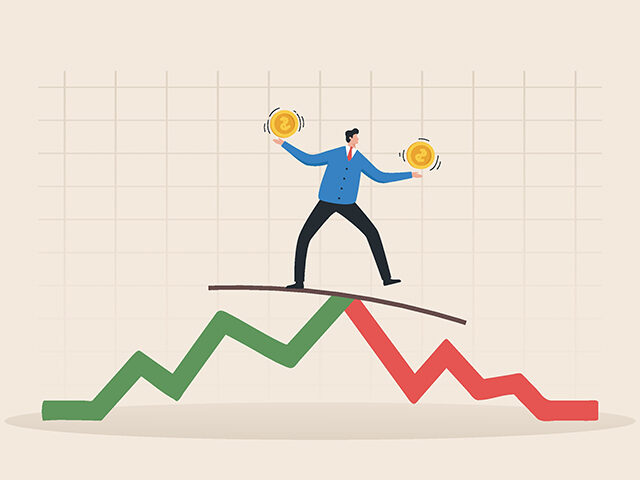April Is the Most Beautiful Month
Almost everyone misunderstands why the narrator of T.S. Eliot’s “The Waste Land” supposed that April was the cruelest month.
The narrator begins the poem as a depressive, deep in mourning for the collapse of a marriage and the ruin of civilization. The cruelty of April consisted precisely of its beauty. It is a month of revival that can seem deeply repugnant only to someone who can say with Eliot’s narrator that “winter kept us warm.”
You are not, of course, really supposed to agree with the idea. April is a wonderful month precisely because the lilacs and lilies arise out of the dead land. In our own little garden in the woods of New England, the tulips have once again pushed their stems up through the earth, and the buds are going from green to yellow. Crocuses are everywhere, and the forsythia alight the roadsides.

(iStock/Getty Images)
For Christians, April and late March are the season of Easter. Christ is risen. Eliot’s narrator is, in effect, mourning salvation.
There’s been a lot of the depressive’s response in recent economic commentary resistant to the April revival of our economic prospects. So many had become comfortable with the notion that we were on the verge of a recession—and therefore rate cuts from the Federal Reserve and perhaps even a revival of fiscal expansion—that the evidence of a recovering housing market, a still buoyant services sector, and even an improvement in the manufacturing sector seems like something to be reviled. It’s as if someone wore a seersucker suit to a funeral.
Perhaps surprisingly, the loathing of our recent economic flowing appears to be bipartisan. The right dislikes stories about economic resurgence because it worries that people will credit Joe Biden with the recovery. The left fears that an expanding economy will hurt its case for an ever-enlarging government budget and a loosening of monetary policy. The Biden administration wants you to believe both that the economy is strong but also that its strength depends almost entirely on the policies of the Biden administration.
Consumer confidence managed to improve and worsen in April. The index that tracks current economic conditions rose while the index that looks to our future fell. This strikes us not as a contradiction but as an accurate reflection of our economic situation and our prospects. Data on house prices, new home sales, and the S&P Global “flash” composite indicate that the economy picked up steam in April. The yield curve, the leading indicators, and the expectations index tell us a recession is coming.
How Much of the Growth or Contraction Is Real?
We pointed out several times last year that a lot of apparent growth vanished when looked at through the lens of inflation. The producer price index regularly suggested that growth in things like durable goods orders was better explained as evidence of rising prices rather than real increases. As inflation moderated in the second half of last year, this was decreasingly the case. Growth in orders was real.
In March, core capital goods orders fell by 0.4 percent. This was much worse than expected. Wall Street’s economists had forecast a 0.2 percent rise. The range of predictions from economists surveyed by Econoday was between -0.2 percent and positive 0.4 percent; so, this was not only a miss but much worse than even the pessimists had penciled in.
Yet the producer price index in March declined 0.5 percent. The index for processed goods for intermediate demand dropped one percent. If we use either of those as a deflator for durable goods, it would appear that real demand rose in March. That kind of unconventional economic math will not show up in official government statistics, but it is worth bearing in mind when assessing the data.

COMMENTS
Please let us know if you're having issues with commenting.